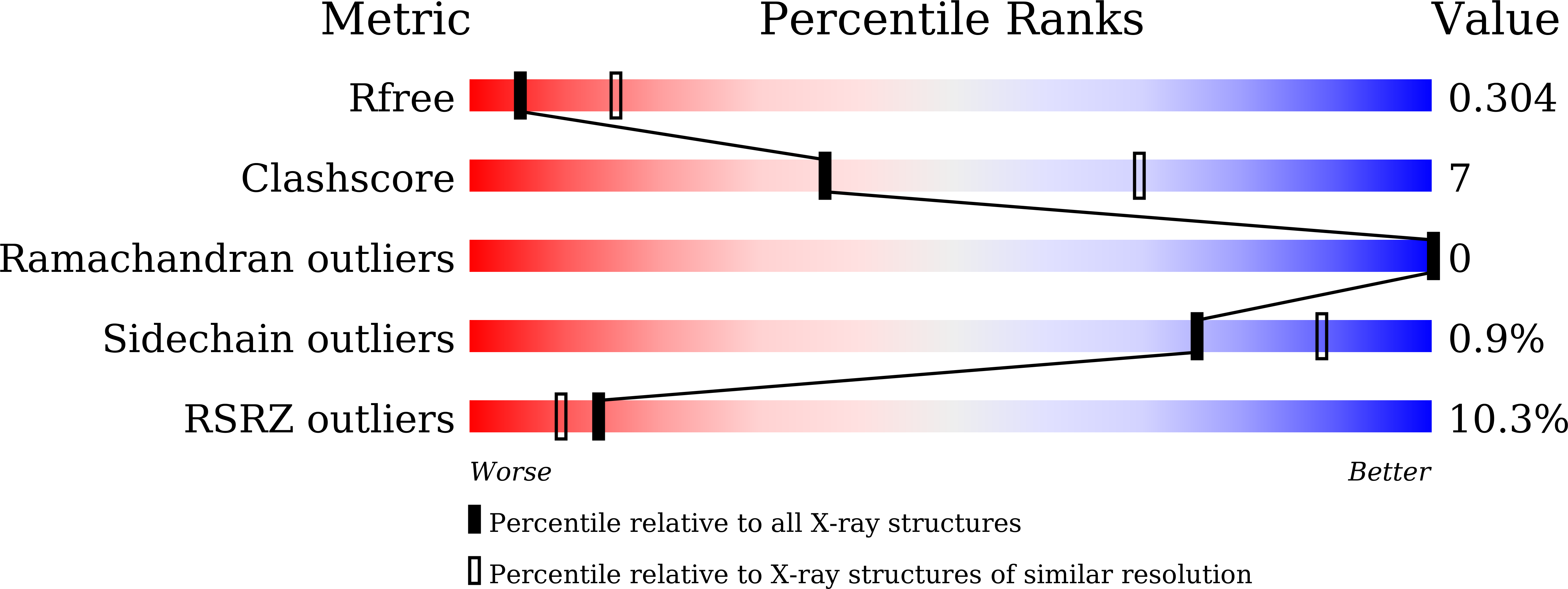
Deposition Date
2025-01-10
Release Date
2025-08-06
Last Version Date
2025-09-17
Entry Detail
PDB ID:
9LGU
Keywords:
Title:
Crystal structure of Bcl-xL in complex with stapled HRK peptide
Biological Source:
Source Organism:
Homo sapiens (Taxon ID: 9606)
Host Organism:
Method Details:
Experimental Method:
Resolution:
2.97 Å
R-Value Free:
0.30
R-Value Work:
0.25
R-Value Observed:
0.26
Space Group:
P 1 21 1


